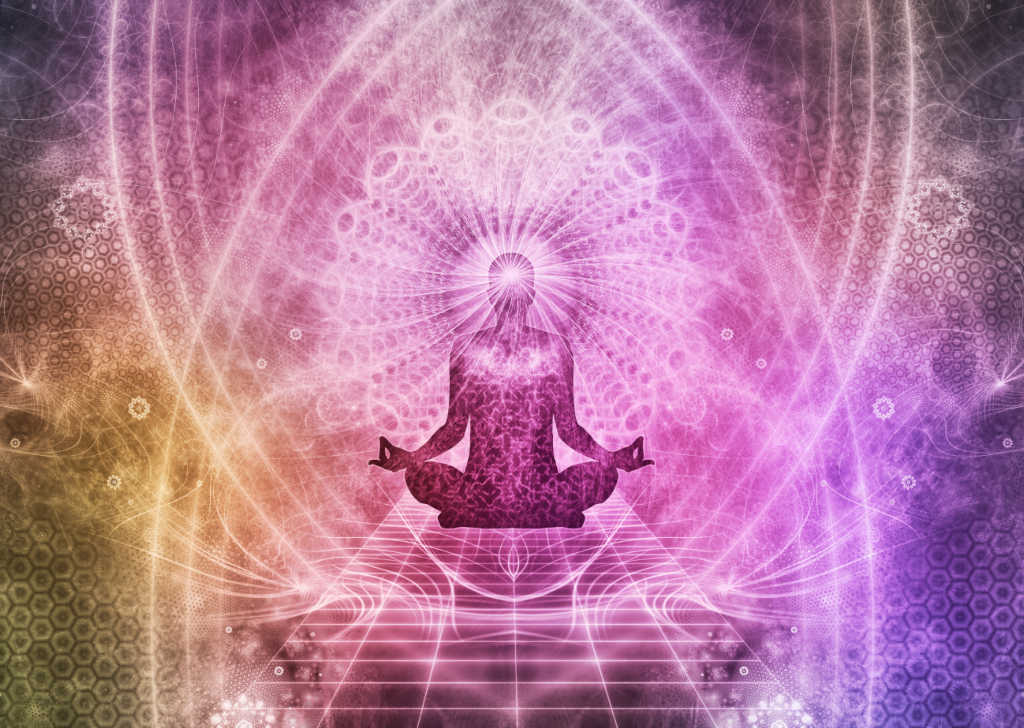Yoga – Pranayama

In the West, Yoga is often misunderstood as just a different way of physical exercising. So it is no wonder Pranayama is misunderstood as a breathing exercise.
Prana in Sanskrit means the cosmic life force. So Prana is what makes the cosmos come alive. All living organisms inhale Prana as part of their breath. Ayama in Sanskrit and Hindi means extent or expansion. Therefore, Pranayama is the Yogic way of enhancing inhaling Prana to boost bodily functions.
Normal breathing brings in oxygen and removes carbon dioxide from the body. But what makes breathing itself possible is Prana.
An advanced yogi can actually feel the Prana entering their body as part of the breath, just as a normal person can experience the inhalation and exhalation of air. Since Prana is also inhaled as part of the regular breathing, the breathing exercises help to increase the inhalation of Prana as well.
Prana is the vital life force. Without it, life itself would not be possible.
Ancient Indian Vedic knowledge of Yoga describes a distribution system made up of “Nadis” or channels for the flow of Prana. The Nadis are not physical channels like the veins and arteries of the circulatory system. According to Yoga, the body has 72000 Nadis that help distribute the Prana to every part.
However, there are three main Nadis that a beginner may need to know about. These are the Ida, Pingala, and Sushumna Nadis. These Nadis run from the head to the Muladhara Chakra, a junction located at the base of the spine. Ida is positioned to the left of the spinal column while Pingala is on the right. Finally, Sushumna Nadi runs vertically from the Muladhara Chakra to the top of the head.
Normally, all human beings use just the Ida and Pingala. That is because these two Nadis are enough for performing even the most complex tasks of a normal life. However, for spiritual powers, one requires to activate the Sushumna Nadi. Sushumna can be activated when the Prana flow through Ida and Pingala is balanced.
Though modern science still does not acknowledge, you can experience by yourself the difference in the flow of breath through the two nostrils. When you are working on something rigorous, the right nostril has the larger flow of breath. On the other hand, the left nostril has the larger flow when one is relaxing or working on something that does not need a lot of physical movement or something not too exciting. Therefore, the flow of breath through the left and the right nostrils is seldom balanced.
The yogis know that they can enhance their meditation capabilities by controlling the flow of breath. Similarly, with a little practice, a student can breathe through the left nostril when trying to focus on studying.
Pranayama, therefore, is managing the flow of Prana. An advanced yogi can heal a body part by channeling the Prana to that body part. When the Prana flow through the Ida and Pingala Nadis is balanced, it opens the gateway for the Prana to rise through the Sushumna Nadi. What this can do for the yogi is a much bigger topic that we will take up someday.